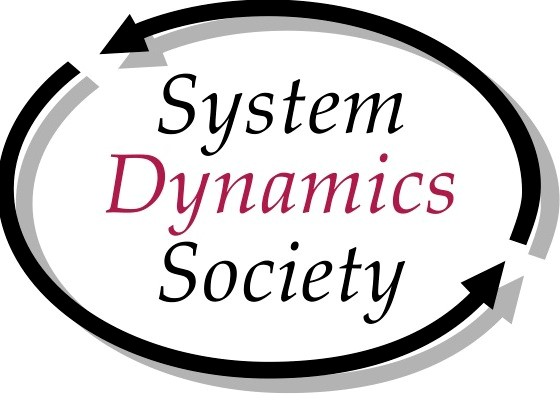


Dr. Asim Zia recently presented two papers at the 35th International Conference of the System Dynamics Society in Cambridge Massachusetts. Both papers were coauthored by Dr. Zia and Dr. Christopher Koliba, both VT EPSCoR BREE members.
The first presented paper was titled "Agent Based Modeling of Intergovernmental Networks: Harnessing Experimental Simulations for Transportation Policy Informatics".
Abstract
Agent-based models can be deployed as policy informatics platforms to track resource flows and distributions under differential configurations of inter-governmental networks. This study provides a detailed application of a policy informatics platform in the contested arena of transportation policy implementation networks across federal, the state of Vermont and its regional and local governments. Through this policy informatics platform, three specific questions are addressed: (1) How much weight can be accorded to state versus regional versus local government priorities in funding transportation infrastructure development projects? (2) What are the trade-offs between efficient maintenance of the transportation system versus equitable access to the transportation services? (3) What are the sources of uncertainty in prioritizing transportation infrastructure projects and how is this uncertainty quantified? A Pattern-Oriented, Agent Based Model (ABM) of a transportation governance network, calibrated for the state of Vermont including its regional and local town governments, is presented. This ABM simulates the dynamics of transportation project prioritization processes under alternate intergovernmental institutional rule structures. This study demonstrates a practical and detailed application of a policy informatics platform by showing how experimental simulations may be used to evaluate the design of inter-governmental policy implementation networks and their impacts on policy outcomes.
The second paper was titled "Intergovernmental Dynamics of Transportation Planning: Why Some Towns Attract More Federal Funding Than Others".
Abstract
This paper explores the dynamics of intergovernmental relations in the distribution of transportation funds from the viewpoint of local governments. We address the following questions: (1) why some towns attract more federal and state funding than other towns? (2) Are there some balancing and reinforcing feedback loops that influence some towns attracting more funds than others? We addressed these research questions through developing a stakeholder informed system dynamic model with an explicit focus on the intergovernmental influence (exogenous) and local town level technical and financial capacity (endogenous) dynamics. The model is calibrated to two local towns in Vermont. The model simulates two balancing loops (BL) and three reinforcing loops (RL). BL1: As a jurisdiction receives more transportation funds, they are able to meet more of their transportation needs and require fewer funds in the short term. BL2: With more development, there is less capacity to continue to build, so less money is allocated for new development. Three RLs include more money received leading towards more experience and thus greater technical capacity, more technical capacity directing a jurisdiction to more support from the MPO, and more transportation needs requires more transportation funds which ultimately gives a jurisdiction more financial capacity.
The conference consisted of presentations showcasing important work in the field, along with parallel and poster sessions, making available the most current research, applications, and work in progress. There was a full day of skill-building workshops covering a range of topics from basic software use to advanced analysis techniques. In addition, there were interest group sessions, student colloquia, a modeling assistance workshop, vendor displays and demonstrations.